NEW YORK — U.S. retail sales increased more than expected in August, even as consumers and businesses continue to adjust to the effects of tariff policies that have raised prices across multiple sectors.
According to the Commerce Department, overall retail sales grew 0.6% in August compared with July, when sales were also revised upward to a 0.6% increase. Analysts note that while the numbers reflect steady demand, much of the activity is linked to shifting consumer behavior in response to tariffs and duties imposed on imported goods.
Tariffs Driving Consumer Spending Shifts
Economists point out that the back-to-school season contributed to August’s rise, but tariffs also played a key role. With duties increasing the cost of items such as clothing, electronics, and school supplies, many families chose to make purchases sooner, aiming to avoid further price hikes. This “buy-ahead” behavior has become more common in recent months as households anticipate additional tariff adjustments.
Sector Performance Reflects Tariff Impact
The Commerce Department data showed mixed effects across sectors depending on exposure to tariffs. Sales at electronics and appliance stores rose 0.3%, with some consumers accelerating purchases ahead of possible cost increases tied to imported components. Online retailers climbed 2%, reflecting both seasonal demand and shoppers turning to e-commerce platforms for competitive pricing amid rising costs.
The automotive sector, however, continues to feel the direct weight of tariffs. Excluding autos, retail sales grew 0.7% in August. Foreign-made cars and parts have been subject to new duties, creating volatility in pricing and uneven demand. This has left the auto industry particularly sensitive to tariff developments compared with other sectors.
Tariffs and Inflationary Pressures
While retail sales numbers are higher, economists caution that part of the increase reflects the inflationary effect of tariffs, which raise overall dollar figures even if the volume of goods sold does not rise proportionally. In this sense, tariffs are both inflating sales figures and straining household budgets at the same time.
Earlier this year, retail activity weakened in April and May, coinciding with heightened trade tensions and new tariff announcements. The rebound in July and August suggests that U.S. consumers remain resilient, though the underlying driver continues to be tariff-related pricing pressures rather than purely organic growth.
Outlook Linked to Tariff Policies
Looking ahead, economists and retailers are closely monitoring trade policy developments, as further tariff measures could directly influence consumer spending patterns. Businesses are already signaling potential price adjustments in anticipation of new duties, while households may continue frontloading purchases to minimize future costs.
Retail sales remain a critical measure of economic health, but in the current climate, their trajectory is closely tied to tariff and duty frameworks. The August data highlights how deeply U.S. consumer activity is being shaped by trade policy decisions, with tariffs now a central factor in retail performance and broader economic trends.
#TariffsAndDuties #RetailTrends #TradePolicies #EconomicUpdate #SupplyChainNews

















